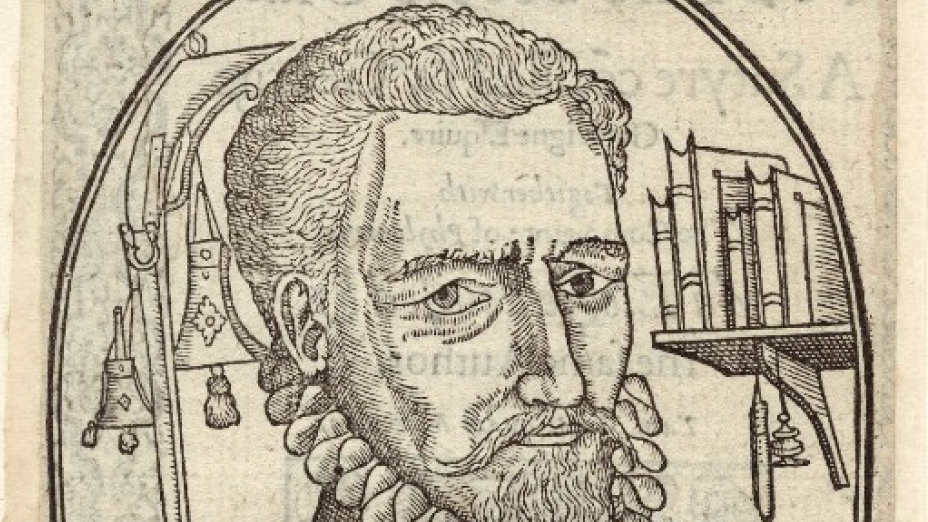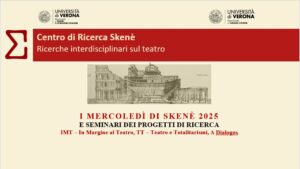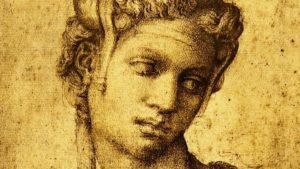I Mercoledì di Skenè
Progetto IMT – In margine al teatro
CARLA SUTHREN – University of Verona
14 December 2022 – 17.00
Palazzo di Lingue, Room T7 and online
Characterising the reception process, Robert Miola has memorably called Gascoigne and Kinwelmershe’s Jocasta ‘a “Euripides” three hands and three tongues removed from the original Greek’. His formulation strikingly uses the language of dismemberment as well as distance to describe the relationship of the English reception to the Greek model. Early modern readers, Sasha Roberts reminds us, were used to treating literary texts ‘as a series of parts’, an attitude encouraged by the practice of commonplacing. But this method of reading came with its dangers, and Euripides’ Phoenician Women (the Greek play hovering somewhere behind Jocasta) had become for the Renaissance a particular touchstone for debates about taking things out of context. A pre-1568 manuscript of Jocasta is the first vernacular English play to feature marginal commonplace marks, which had previously been strongly associated with the printed texts of Greek tragedy. These typographical symbols perform a very different function from the dumb shows, which are to some extent records of performance practice. Finally, this talk will examine the textual traces left by some early modern readers of the play, to see how these respond to or resist the marginal cues they encountered in Jocasta.
To participate via Zoom, please write to skene@ateneo.univr.it




